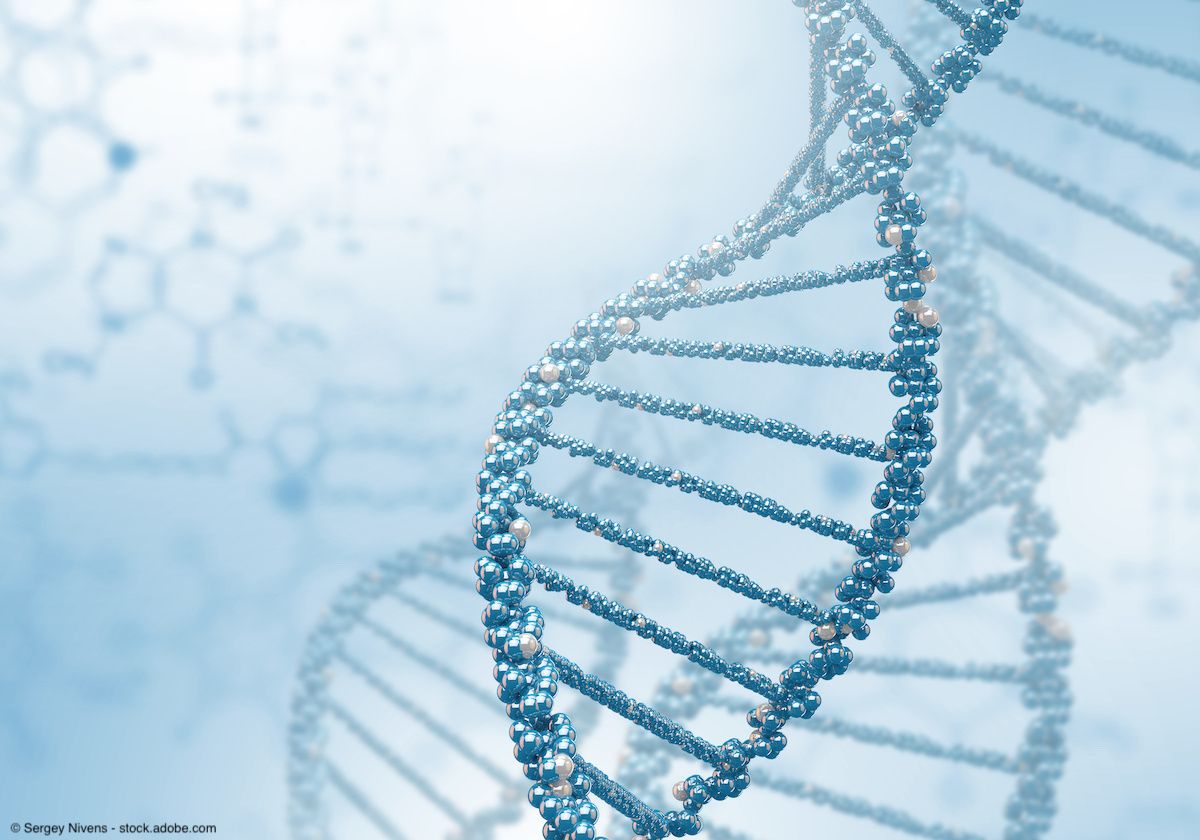News
Article
High B2 expression linked to lower PD-1/L1 inhibitor efficacy in urothelial carcinoma
Author(s):
The median OS was 14.5 months among those with high B2 expression, compared with 24.0 months among those with low B2 expression.
Data presented at the 2024 ASCO Annual Meeting showed that high B2 expression was associated with poor overall survival (OS) and poor objective response rate (ORR) following treatment with PD-1/L1 inhibitor monotherapy in patients with metastatic urothelial carcinoma, suggesting that the B2-B4 pathway may be a promising therapeutic target for these patients.1
“The role of EphrinB2 in resistance to immunotherapy merits further investigation," wrote the authors.

According to the authors, a previous study of the B2 inhibitor sEphB4-HAS in combination with pembrolizumab showed promise in pre-treated patients with metastatic urothelial carcinoma, especially among those with a high expression of B2. In that study, the ORR was 37% among all patients and 52% among patients who had a high B2 expression. Thus, the current study sought to assess the correlation between B2 expression and clinical outcomes in patients treated with PD-1/L1 inhibitors.
In total, the study included 143 patients from the University of Southern California (USC; n =49), Dana-Farber Cancer Institute (DFCI; n = 55), and the University of California, Irvine (UCI; n = 39). A score of 0-1 for B2 expression using in-situ hybridization were considered low, with scores of 2-4 marked as high. In total, 55 patients (40%) were characterized as having low B2 expression and 81 patients (60%) were characterized as having high B2 expression. Seven patients in the study were not able to be evaluated.
Among the 136 evaluable patients in the study, the ORR (complete response plus partial response) was 21%. The ORR was 12% (n = 10) among all patients with high B2 expression, vs 33% (n = 18) among patients with low B2 expression (P = .005).
Data also showed a median OS of 17.2 months (95% CI, 13.5-23.8) across all patients. The median OS was 14.5 months (95% CI, 9.4-21.0) among those with high B2 expression, compared with 24.0 months (95% CI, 13.7-60.8) among those with low B2 expression (HR, 1.65; 95% CI, 1.07-2.55; Wald P = .023; log-rank P = .022).
When stratified by location, the ORR among patients from USC, DFCI, and UCI was 20%, 20%, and 22%, respectively. Of those with a low B2 expression, the ORR was 29% among those at USC, 37% among those at DFCI, and 33% among those at UCI. Of those with a high B2 expression, the ORR was 14% among patients at USC, 11% among those at DFCI, and 12% among those at UCI.
Further, median OS was 16.0 months, 14.5 months, and 32.0 months among patients from USC, DFCI, and UCI, respectively. Of those with a low B2 expression, the median OS was 24 months among those at USC, 17.5 months among those at DFCI, and 45.1 months among those at UCI. Of those with a high B2 expression, the median OS was 8.8 months among those at USC, 13.8 months among those at DFCI, and 21.0 months among those at UCI.
All patients included in the retrospective study were treated with a PD-1/L1 inhibitor, which included pembrolizumab (78%), atezolizumab (17%), nivolumab (3%), avelumab (1%), and durvalumab (1%). ECOG scores of 0, 1, or greater than 1 were observed in 42%, 35%, and 23% of patients, respectively. Visceral metastases were reported in 79 patients (55%).
Among all patients included in the study, 101 (71%) were male. The median age of participants in the study was 73 (range, 48-91).
Overall, the investigators concluded, “The role of EphrinB2 in resistance to immunotherapy merits further investigation. Whether EphrinB2 inhibition also improves outcomes of non-immunotherapy regimens remains unclear.”
Reference
1. Sadeghi S, Mar N, Tsao-Wei D, et al. Association of ephrinB2 (B2) expression on overall survival (OS) and resistance to PD1/L1 inhibitors (inh) in metastatic urothelial carcinoma (mUC). J Clin Oncol. 2024;42(suppl 16):4577. https://ascopubs.org/doi/10.1200/JCO.2024.42.16_suppl.4577
















